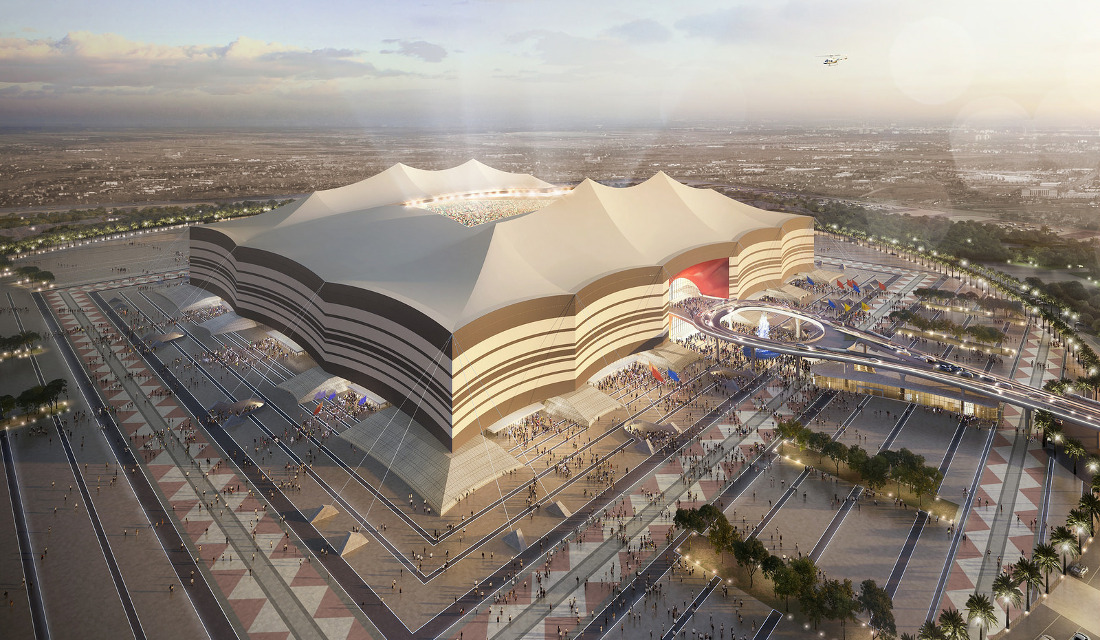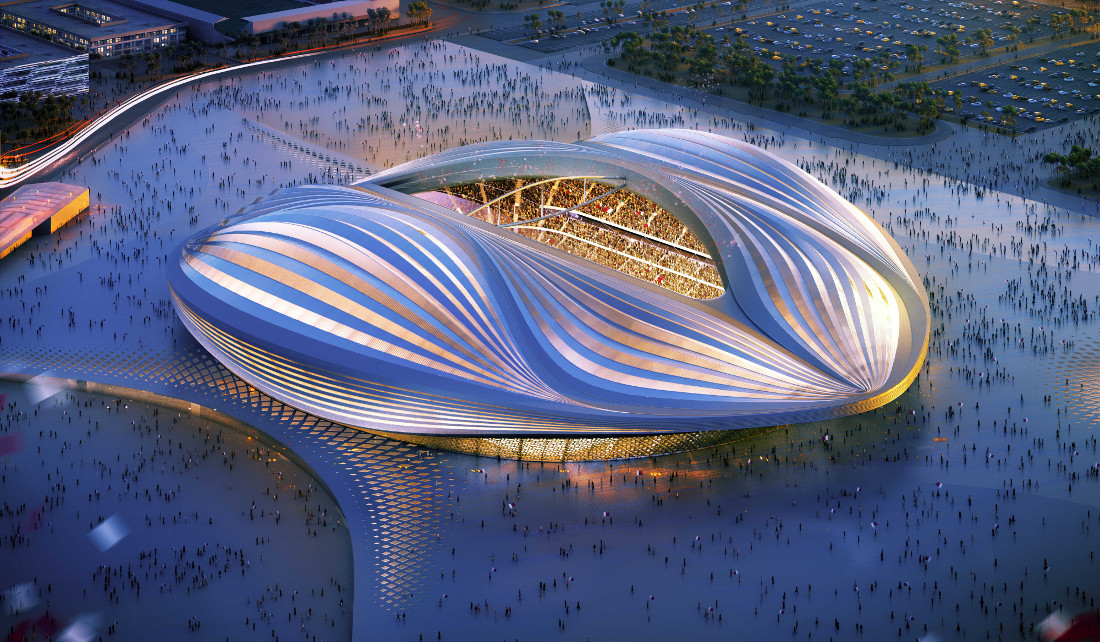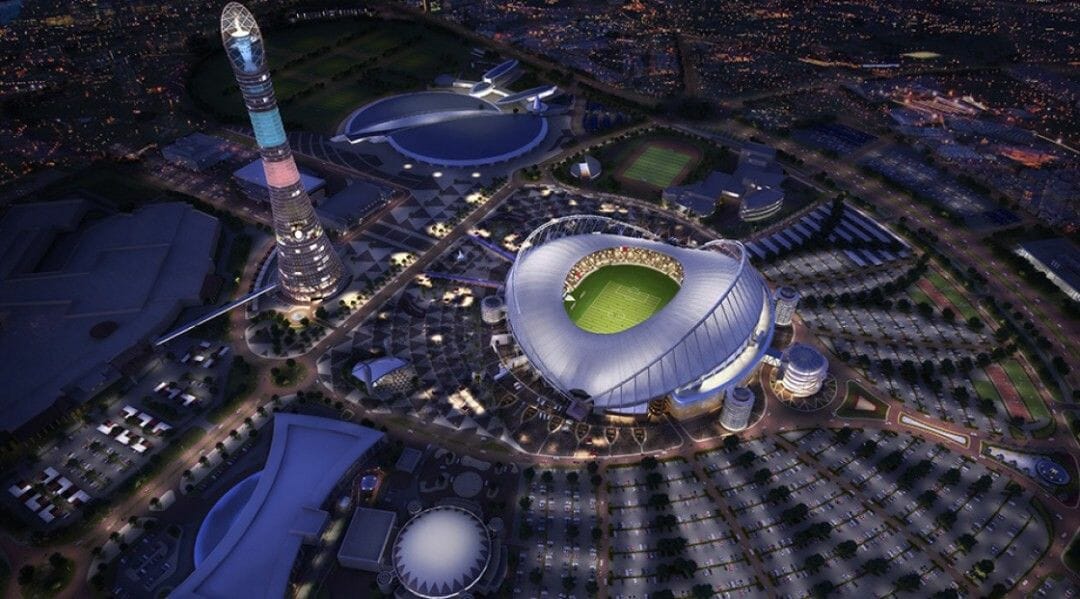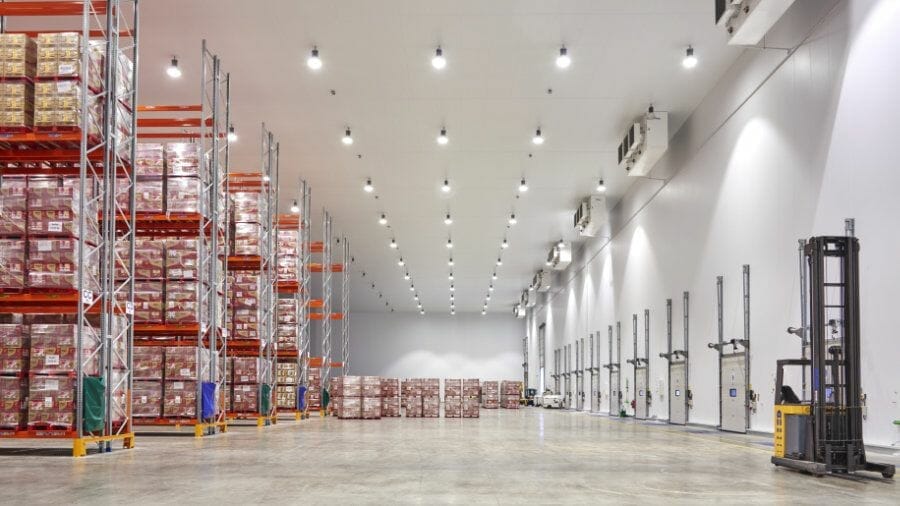Advanced Stadium Cooling: Innovative Technology Coming to the Qatar World Cup
The 2018 World Cup marked the World Cup debut of using the Video Assistant Referee, also known as VAR, as the newest technological innovation coming to the stadiums. According to FIFA, the VAR system had a success rate of 99.3 percent and many football analysts have praised the introduction of VAR. In their opinion, the World Cup was a perfect example of how technology can work well for football, although it did show that there are some risks involved in relying on the technology.
In 2022, when the World Cup is played in Qatar, a newer and bigger technical innovation will be introduced in the stadiums. All host stadiums will be air-conditioned, making it doable to organize the World Cup in a country with extreme heats. Since Qatar was announced as the competition’s host in December 2010, many have been critical of the controversial choice wondering how an event like the World Cup could be organized in the desert.


In only one generation, Qatar has transformed from a handful of poor fishing villages into the richest country per capita in the world. It turns out if you combine gas revenues with foreign labor and the firm hand of the ruling monarchy, a country can be transformed rather quickly. Now, Qatar is taking on one of the biggest sports events the world has to offer.
Because of the extreme heat, revolutionary stadium cooling technology is going to be used at the 2022 World Cup in Qatar after tests proved everything is working as it should at the proposed World Cup stadiums. The development is an important step in the build-up to the tournament, which has courted controversy since Qatar was announced as the competition’s host.
The 2022 tournament is therefore being held in winter for the first time, to avoid the searing summer heat. With temperatures averaging 42 degrees Celsius in summer, the decision was made to move the dates of the World Cup to winter, when temperatures around 30 degrees are to be expected.


This is the reason why the stadiums will have air-conditioning installed, in order to bring down the temperature to about 20 degrees on the pitch and 23 degrees in the stands. The innovation being trialed in Qatar involves a system where cold air is being pumped into stadiums through a system powered by chilled water, which is transformed into a cold mist after passing through stadium cooling nozzles.
They way it works is that the platform of the stadium is used to defend it against the infiltration of warm wind. This means the stadium is a barrier that is basically containing a cold bubble inside. The technology works by maintaining the cold bubble for as long as necessary in order for people to watch the game, and so the players are comfortable enough to play their game.





The Al Wakrah Stadium also has a roof that can be opened and a seating-bowl stadium cooling system to allow football to be played all year round. At Al Wakrah Stadium, they are using an air circulation technique, which means some of the air is drawn back, cooled again and then pushed back to the supporters and players. The stadium cooling technology for the FIFA World Cup Qatar 2022 has been a crucial part since the country announced its bid for the tournament in 2009.
Every stadium has it’s own unique form and structure. For example, the Khalifa International Stadium is a big stadium with an athletics track which makes it so an unconventional treatment is needed. At Khalifa, fresh air is taken and pushed to the people. Moreover, a new line of under-seat diffusers has been developed in order to deliver the air to fans in a gentle manner.
No doubt, Qatar wants to show itself to the world, building the most advanced stadiums that ever have been built. The stadiums are also built so close to each other, fans could actually attend more than one game per day. The longest distance between the two venues is just 55km, a short journey that will be seamless thanks to an advanced underground railway system.














